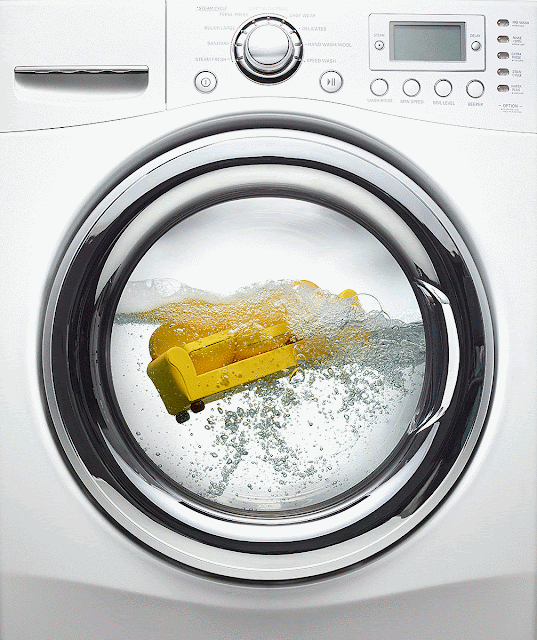Fluid systems
Fluid systems
In the industry, the transmission of power from one point to another is carried out using three methods:
- Mechanical transmission: Mechanical transmission of power is carried through shafts, gears, chains, belts, etc. (As seen in chapter 1)
- Electrical transmission: Electrical transmission of power is carried through wires, transformers, etc.
- Fluid power: Fluid transmission of power is carried through liquids or gas in a confined space.
- Fluid power is the technology that deals with the generation, control, and transmission of forces and movement of mechanical elements or systems with the use of pressurized fluids (both liquid and gases) in a confined system. The fluid power system includes a hydraulic system (hydra meaning water in Greek) and a pneumatic system (pneuma meaning the air in Greek).
- Hydraulic fluid power systems employ pressurized liquid petroleum oils and synthetic oils, whereas pneumatic fluid power systems employ compressed air (freely available in the atmosphere) that is released to the atmosphere after performing the work.
- Contrarily to pneumatic fluid power systems that use air available from the atmosphere, the hydraulic system does not use water for the following drawbacks or reasons:
- Commercially, pure water contains various chemicals (some deliberately included) and also foreign matter. Unless special precautions are taken when it is used, it is nearly impossible to maintain valves and working surfaces in satisfactory condition.
- In the cases where the hydraulic system is closed (i.e., the one with a self-contained unit that serves one machine or one small group of machines), oil is commonly used, thus providing, in addition to power transmission, benefits of lubrication not afforded by water as well as increased life and efficiency of packing and valves.
- The application of fluid power is limited only by the ingenuity of the designer, production engineer, or plant engineer.
- If the application pertains to lifting, pushing, pulling, clamping, tilting, forcing, pressing or any other straight line (and many rotary) motions, it is possible that fluid power will meet the requirement.
- Stationary hydraulics: Stationary hydraulic systems remain firmly fixed in one position. The characteristic feature of stationary hydraulics is that valves are mainly solenoid operated. The applications of stationary hydraulics are as follows: Machine tools and transfer lines. Lifting and conveying devices. Metal-forming presses. Plastic machinery such as injection-molding machines. Rolling machines. Lifts. Food processing machinery. Automatic handling of equipment and robots
Hydraulic metal forming press
Hydraulic lift
Hydraulic injection molding machines
2. Mobile hydraulics: Mobile hydraulic systems move on wheels or tracks such as a tower crane or excavator truck to operate in many different locations or while moving. A characteristic feature of mobile hydraulics is that the valves are frequently manually operated. The applications of mobile hydraulics are as follows: Automobiles, tractors, airplanes, missiles, boats, construction machinery, tippers, excavators and elevating platforms, lifting and conveying devices, and agricultural machinery.
Fluid systems can be classified into two types:
- Fluid transport systems: Their sole objective is the delivery of a fluid from one location to another to accomplish some useful purpose. Examples include pumping stations for pumping water to homes, cross-country gas lines, etc.
- Fluid power systems: These are designed to perform work. In fluid power systems, work is obtained by a pressurized fluid acting directly on a fluid cylinder or a fluid motor. A cylinder produces a force resulting in linear motion, whereas a fluid motor produces a torque resulting in a rotary motion
The fluid power systems can be classified as:
Advantages of a fluid power system:
- Fluid power systems are simple, easy to operate, and can be controlled accurately: Fluid power gives flexibility to equipment without requiring a complex mechanism. Using fluid power, we can start, stop, accelerate, decelerate, reverse, or position large forces/components with great accuracy using simple levers and push-buttons. For example, in Earth-moving equipment, a bucket carrying a load can be raised or lowered by an operator using a lever. The landing gear of an aircraft can be retrieved to the home position by the push button.
- Multiplication and variation of forces: Linear or rotary force can be multiplied by a fraction of a kilogram to several hundreds of tons.
- Multi-function control: A single hydraulic pump or air compressor can provide power and control for numerous machines using valve manifolds and distribution systems. The fluid power controls can be placed at a central station so that the operator has, at all times, complete control of the entire production line, whether it be a multiple operation machine or a group of machines. Such a setup is more or less standard in the steel mill industry.
- Low-speed torque: Unlike electric motors, air or hydraulic motors can produce a large amount of torque while operating at low speeds. Some hydraulic and pneumatic motors can even maintain torque at a very slow speed without overheating.
- Constant force or torque: Fluid power systems can deliver constant torque or force regardless of speed changes.
- Economical: Not only a reduction in required manpower but also the production or elimination of operator fatigue, as a production factor, is an important element in the use of fluid power.
- Low weight to power ratio: The hydraulic system has a low weight to power ratio compared to electromechanical systems. Fluid power systems are compact.









Comments
Post a Comment